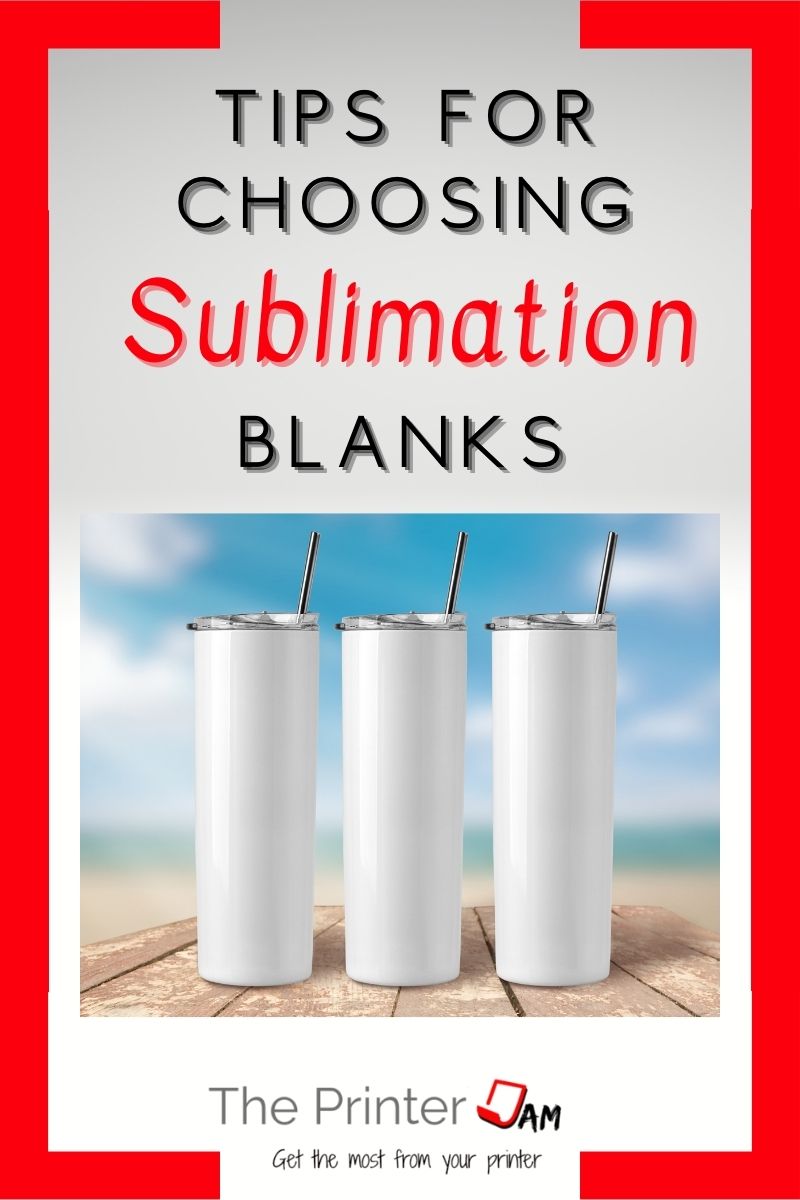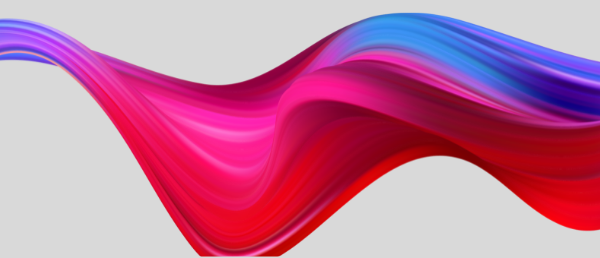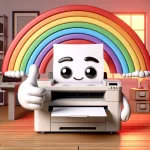When it comes to sublimation the kind of sublimation blank you choose is extremely important. Your blank has to survive high temperatures and have the right material in order for sublimation ink to work.
Some blanks are suitable for the heat but don’t have a polymer for the infusable ink to fuse to. Others are suitable for dye sublimation ink, but can’t survive the heat.
Common materials for sublimation are polyester fabric, HTV, ceramic, metal, wood, leather, glass, and acrylic. Some need a polymer coating others are suitable for sublimation ink on their own.
Many materials can easily survive the heat required but without a polymer coating sublimation ink has nothing to bond with. Sublimation blanks need to be capable of bonding with sublimation ink and surviving temperatures of around 380-400°F (190-200°C).
If you need to know what sublimation blanks you can or can’t use this article explores which blanks you can or can’t use for sublimation.
Blanks You Can Use for Sublimation
The blanks you can use for sublimation have to have to be made of polyester fabric or have a polymer coating. The only material sublimation ink bonds with is polyester or polymer coating.
Not any mug or pillow you buy from a store has the correct polyester blend or polymer coating. Printing supply companies make blanks specifically for sublimation. These blanks have better results than a random item you buy from a store.
- Mugs
- Shirts
- License plates
- Coasters
- Can cooler
- Mouse pad
- iPad sleeve
- Aluminum panel
- Keychain
- Pet tag
- Name badge
- Frosted glass mason jar
- Door hanger
- Ornaments
- Clock face (kit)
- Photo panel
- Flip flops
- Homeplate
- Phone case
- ID tag
- Jigsaw puzzle
- Clipboard
- Ceramic mugs & plates
- Leather wallet
- Wood plate
- Steel plate
- Steel water bottle
- Necktie
These products are made specifically for sublimation. While you can get these items from most stores, they may not be suitable for sublimation.
If your final product is faded your substrate may be the problem. An item without a polymer for the sublimation ink to bond with still transfers some ink. However, your design won’t be permanent or vivid.
If you’re not sure of the material you want to use it’s best to not use it. Most of the time items not specifically made for sublimation don’t turn out well.
Using Blanks That Aren’t White
White sublimation blanks have the best results since sublimation can dye a blank darker but never lighter. However, you can use off white or light blue blanks.
If you start with a darker color your design has to be made of a darker color. An all black design has the best results on blanks that aren’t white.
Another reason most blanks are white is because white ink isn’t available. Any white or lighter shades in your design is accomplished by the white in the blank.
Which is important when using a blank that isn’t white. It shifts your colors toward the color of your blank. If your blank is a shade of blue then your design shifts dramatically toward blue in my experience.
For example, any yellow in your design shifts to green. Red shifts to purple and blue will be hard to distinguish. This is why you should use an all black design with different colored blanks.
You can still get creative with all black designs. Silhouettes, outlines, or vector graphics with all black or very dark colors can turn out well on different colored blanks.
Sublimating on Wood
You can sublimate directly on wood but without any polymer coating the design has a faded look. In order to get great results sublimating on wood, it’s best to coat your wood blank with a polymer material. There are several choices for coating your wood blank with a polymer:
- Polycrylic
- Sublimation coating
- Thermal lamination
- HTV (Heat Transfer Vinyl)
Each method has its advantages and disadvantages. HTV has a glossy finish while others are more matte. The texture of the wood grain shows through with Polycrylic and sublimation coating. While it isn’t as obvious with lamination.
You use a brush to put on the Polycrylic and sublimation coating. Be sure to have a well ventilated room since they have fumes. The sublimation coating fumes are stronger than the Polycrylic.
The thermal lamination and HTV can be pressed on in your heat press. You don’t necessarily need a Cricut to press HTV on wood since you can manually trim the excess HTV from wood.
Sublimation paper can stick to wood when it comes out of your heat press. It can be cleaned off with soapy water or an eraser.
Wood blanks are available or make them yourself.
Sublimating on Acrylic
Cast acrylic blanks are acceptable blanks for sublimation. They are great for decorations, keychains, or suncatchers.
They don’t need a coating. Though you may want to coat the back since sublimation ink is transparent. If you like the see through look then not coating them is fine too.
After sublimating you can coat the back with white HTV to make your colors pop. Or you can use glitter or holographic HTV for a unique look.
Sublimation paper sticks to acrylic blanks (more than wood). Warm soapy water or an eraser removes any paper stuck to your acrylic blank in my experience.
Another tip is acrylic blanks tend to warp as they cool, so you should lay a book or something heavy on them as they cool.
Making Your Own Blanks
If you can’t find an item you want to sublimate on in any printing supply company, then you can make your own blanks.
If you’re making your own blanks be sure sublimation ink can bond to them and they can survive the heat. For example, polyactic acid (PLA) would be fine for sublimation except it melts at 356-428°F (180-220°C). Your average heat press operates around 380-400°F (190-200°C).
Unless the PLA you use in your 3D printer specifies its melting point is over 428°F, I wouldn’t recommend using it. It could deform during the fusing process.
Other materials you can make your own blanks from are:
- Wood
- Metal
- Ceramic
- Leather
- Glass
- PVC
If your blank doesn’t have a polymer coating then you have to coat it yourself with one of the mentioned methods (Polycrylic, Sublimation coating, Thermal lamination, HTV). Blanks you make yourself turn out faded without a polymer coating from what I’ve seen.
If you make your own blanks you have to find the ideal time and temperature through trial and error. It’s best to add or subtract in intervals of 10 seconds or 10 degrees.
Be sure blanks you make yourself can survive 380-400°F (190-200°C).
If your blank is an odd shape you may have to use an oven. Be sure to remove any gaps and fix your design with heat tape. Shrink wrap is another method to keep designs in place before putting them in an oven.
Another option for blanks that can’t fit in a heat press is a 3D vacuum machine. They also come in larger sizes. They work with irregular shaped items as well as things like tumblers and mugs.
Getting the Best Results
Whether you’re making sublimation blanks yourself or getting them from the dollar store, be sure they can take the heat and bond with sublimation ink.
The most common cause of a faded design is a blank not acceptable for sublimation.
The blanks from a printing supply store may cost more but have good results in my experience. They also come with ideal time and temperature settings.
FAQ
You don’t have to. Sublimation ink is permanently bonded.
Yes. Sublimating on HTV allows you to transfer designs on darker material, cotton, or rigid materials such as wood.
Fabrics have to be made of polyester. Rigid materials just have to have a polymer coating.

The Copier Guy, aka Dave. I’ve worked on scanners, printers, copiers, and faxes over 23 years. When I’m not fixing them I’m writing about them. Although, I’m probably better at fixing them. I’ve worked with every major brand. As well as several types of processes. If it uses paper I’ve probably worked on one.






